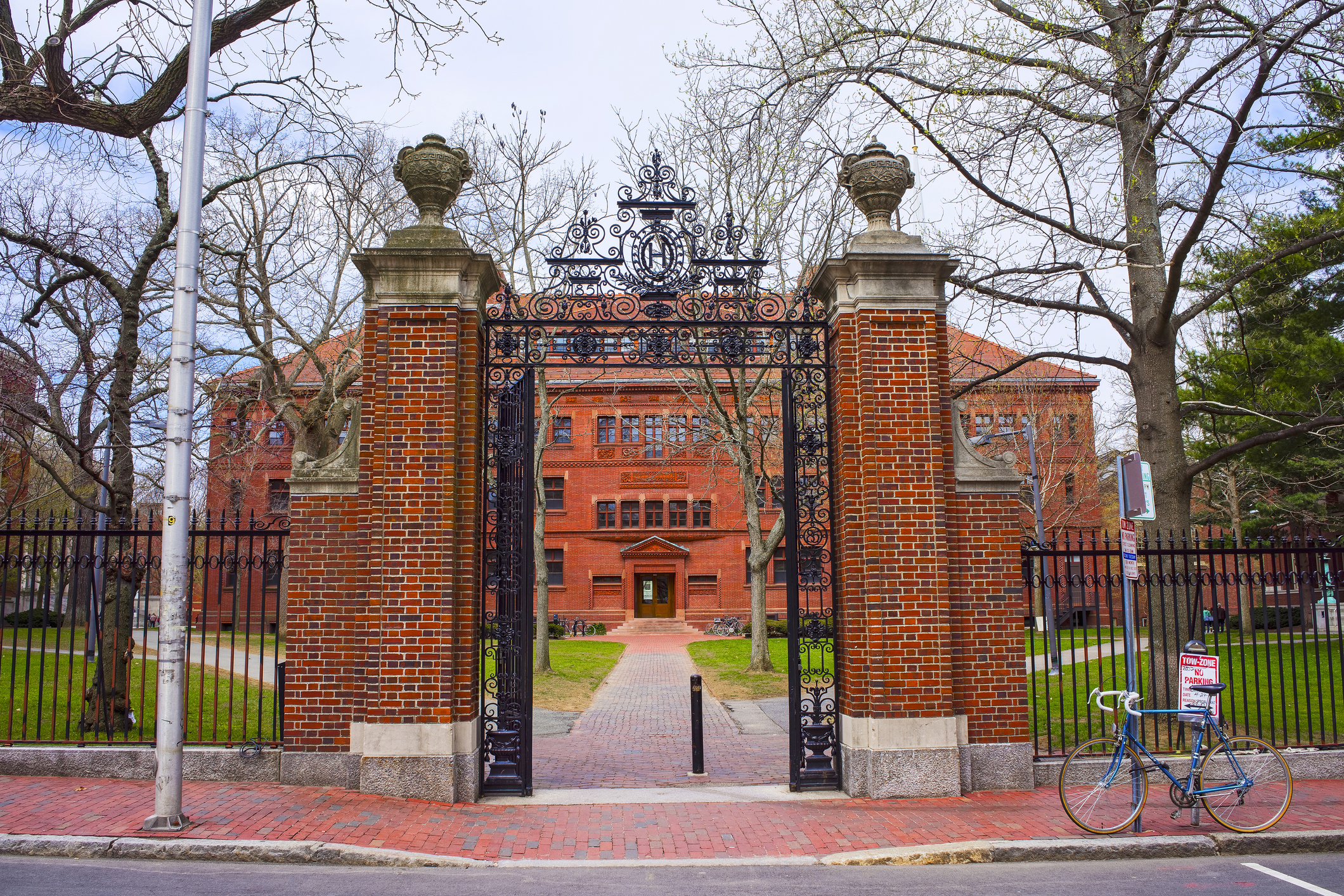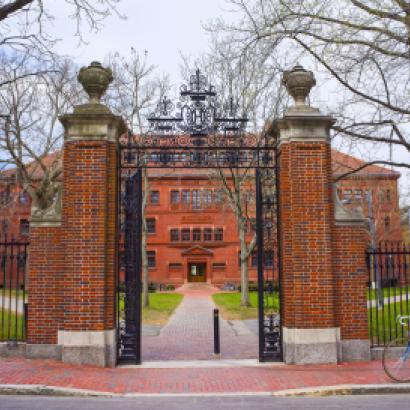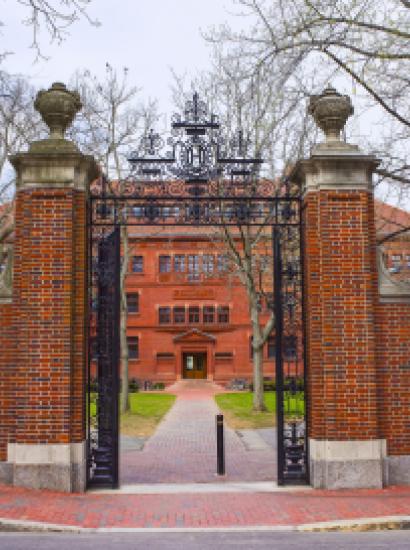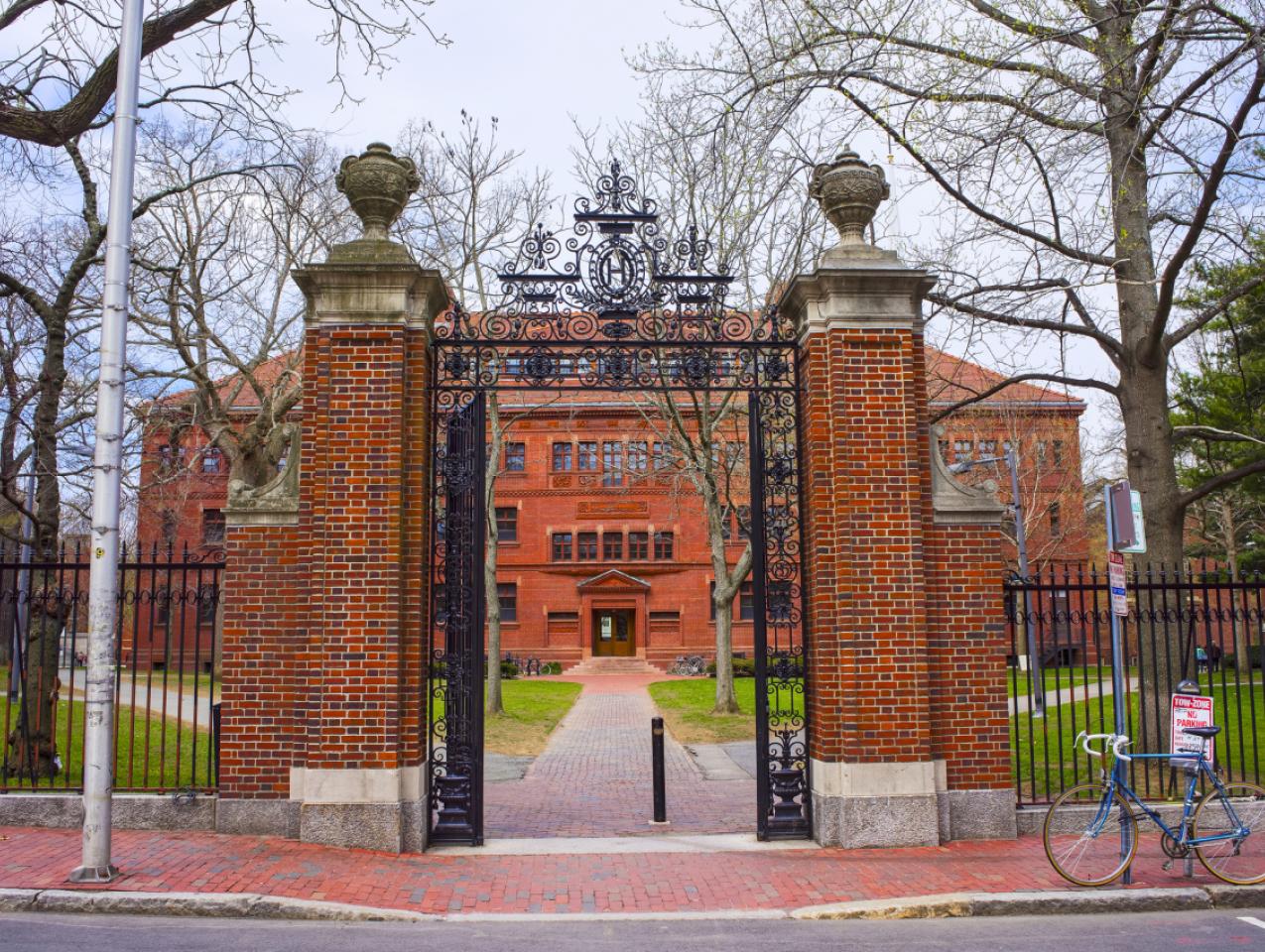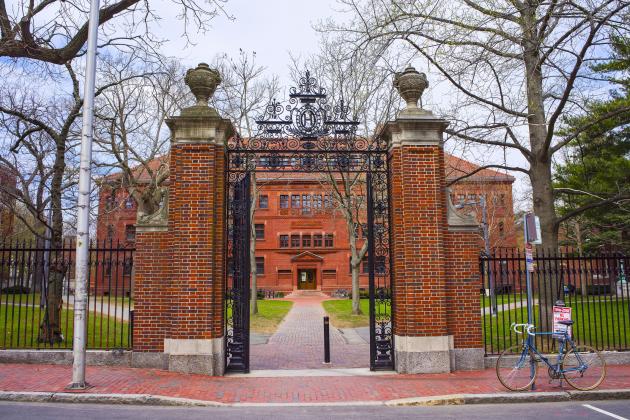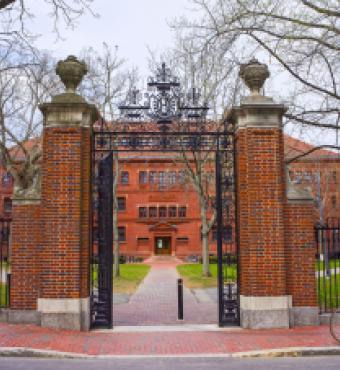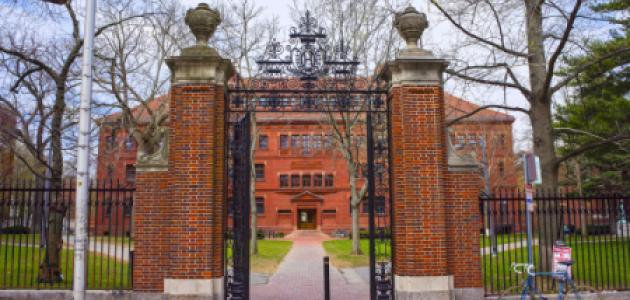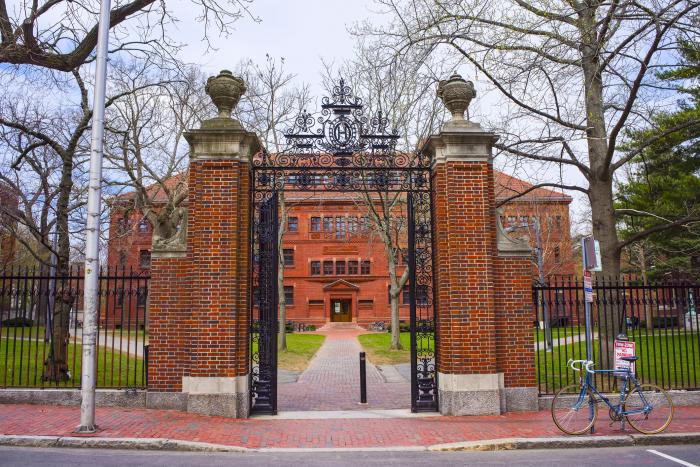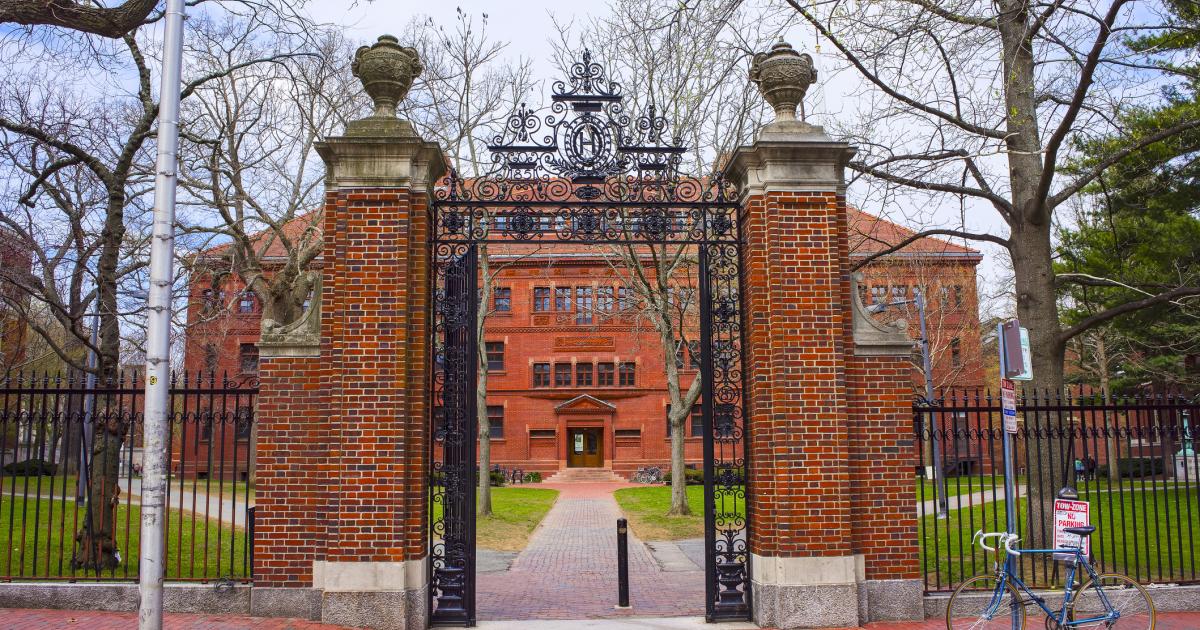It is with decidedly mixed emotions that I wade into a discussion of the high-profile case of Students for Fair Admissions v. Harvard, in which a large cohort of Asian American students has joined forces to challenge Harvard’s admissions process on the grounds that it discriminates against them.
The source of my mixed emotions lies in a simple dichotomy. As a matter of first principle, I think that Harvard University (and all the other preeminent universities that have leapt to its defense) should have the absolute right to determine the students whom they admit and the grounds on which they admit them. By the same token, Title VI of the Civil Rights Act of 1964 provides explicitly to the contrary: “No person in the United States shall, on the ground of race, color, or national origin, be excluded from participation in, be denied the benefits of, or be subjected to discrimination under any program or activity receiving Federal financial assistance.”
Start with the matter of principle. My defense of Harvard does not rest on any necessary affection for diversity. Rather, it starts from the simple premise that Harvard is not a common carrier or a public utility. Like every other private university, it should be entitled to run its own establishment as it sees fit, given that it operates in a competitive market. My purpose is to defend Harvard on this unfashionable ground, while repudiating the grounds on which it chooses to defend itself. Harvard and its supporters at peer universities “speak with one voice to emphasize the profound importance of a diverse student body for their educational institutions.” Sadly, it is quite worrisome that these leading universities entertain no diversity of opinion among themselves on the role of diversity in academic institutions. In practice, they care only about diversity of race and ethnic origin and show little or no interest in intellectual or political diversity.
These elite universities also insist that only they have the “requisite expertise and the right to make the inherently academic judgments on how to set criteria for their student admissions and in particular, what kind, quality, or extent of diversity will best enhance the educational experience of students and allow these students to flourish.” But again note the hidden negative: the champions of diversity and inclusion remain oddly silent on the right of any private college or university to admit students solely on the basis of academic merit without regard to race. Equally notable is support by these universities for Title IX of the Civil Rights Act, whose interpretive rulings dictate parity in the participation of men and women students in athletics. Why don’t universities have the same inherent right to control those programs as well?
The repeal of Title VI, and for that matter Title IX, would give all universities a get-out-of-jail-free card against the kind of suit Harvard faces. At that point their admissions process might well face political and market headwinds, but it would not need to conjure up ad hoc justifications to keep the Asian American plaintiffs at bay. And, happily, they would no longer be able to beat up on those stubborn academic institutions that don’t share their substantive beliefs.. If Harvard wants to sacrifice academic merit for diversity, let it. The students who miss out on any merit-based criterion would receive many other admissions offers. Without Title VI, Harvard gets its coveted summary judgment.
Of course, today’s defenders of Harvard would never attack the fundamental premise of the Civil Rights Act. Instead, their effort to win the case under current law is a mess of self-righteous conceptual and factual confusions that make Harvard look like an institutional laughing-stock. Here is just a small fraction of the blunders in the lengthy motion for summary judgment.
First, Harvard cannot tell a straight story about what it does in regard to admissions. Its choices are two: deny that it engages in any form of discrimination, or justify its discriminatory practices. Harvard unfortunately tries to do both, and fails ignominiously. Thus, it repeatedly and heatedly insists that there is no testimonial or statistical evidence showing that Harvard engages in intentional discrimination. But it then switches gears by announcing that an elite Harvard committee reached the unanimous conclusion was that “at present, no workable race-neutral alternatives could promote Harvard’s diversity-related educational objectives as well as Harvard’s current whole-person race-conscious admissions program while also maintaining the standards of excellence that Harvard seeks in its student body.”
Connect the dots. As a matter of sheer logic, any admissions protocol that is not race-neutral on its face engages in intentional discrimination, for it is not possible to favor some groups in the admissions process without disfavoring others. What Harvard would like to say is that its interest in diversity justifies the programs that it puts into place, which it could state freely and openly if Title VI were off the books. But that claim fails legally in the face of a statute whose opening words are “no person” should be subject to discrimination. The tough language of Title VI came out of the great political compromise powering the enactment of the Civil Rights Act: We will stop discrimination against minority groups on a variety of grounds, most notably race, if you agree not to put in place an affirmative action program in their favor. Fifty-four years later, that looks like a horrible bargain. The law would have done far better if it had banned any state-sponsored segregation and let private parties do as they will. A few holdouts might have clung to their old ways, but the vast number of institutions favoring diversity and inclusion would be free to put their ideals into practice.
Harvard, however, thinks that it can square the circle with fanciful geometry. There are so many students with strong grades that something else has to be done to winnow a large number of applicants. So, Harvard puts great weight on its “personal rating” that looks to such matters as personal essays and letters of recommendations because “those personal qualities can distinguish the few truly exceptional students who are admitted from the thousands of accomplished and talented students who apply but who cannot be offered admission.”
But this argument contains a huge non sequitur. It uses these personal ratings to deal with all applications regardless of their boards and grades. In that case, the sensible approach is to first exclude all the students that don’t fall into the very top tier on these objective measures and then use the personal ratings to pick out the subset of exceptional students. But the Harvard methodology starts from the indefensible assumption that there is likely to be some kind of a negative correlation between paper credentials and personal ratings, without explaining why that should be the case.
The evident awkwardness of this comes from the clear and painful revelation that the Harvard admissions offices rates these Asian American students lower as a group on these subjective metrics than it does other minority students. The impact of these second-tier personal ratings must be enormous once one looks at the rates of admission by ethnic group. Harvard admitted for Fall 2018 an undergraduate class that was nearly 16 percent African-American and nearly 23 percent Asian-American. Harvard did not disclose in its motion for summary judgment the differences across groups by boards and grades, but its internal 2013 study concluded that absent special rules its class would contain 43 percent Asian-Americans. Similarly, a 2005 Princeton study showed that Asian Americans need to score 450 points (out of 1600) better on the SAT than African Americans to have an equal chance of being admitted to elite schools like Harvard. The overrepresentation of African American students relative to their share of the total population—nearly 16 percent relative to their 12.1 percentage in the United States—must of necessity rest exclusively on these personal ratings. To be remotely credible in its claim about personal ratings, Harvard explains how they all cut in one direction. But rather than face the music, Harvard would rather attack Asian American students because they score “lower than others on traits like ‘positive personality,’ likeability, courage, kindness, and being ‘widely respected,’” without ever explaining why the admissions committee members who don’t interview any students rate Asian Americans far lower than the alumni members who do conduct interviews.
Harvard’s next maneuver is to challenge the statistical studies that the Students for Fair Admissions presented to show discrimination. These arguments were shredded in an amicus brief by economists versed in statistical techniques. It is impossible to summarize all the arcane points here, but there are a couple of key points worth mentioning. Harvard tries to explain away these differences by pointing to some “omitted” variable to explain the difference. But the best Harvard can do is point to the large preferences given to applicants who excel in sports or are children of alumni, two groups in which Asian Americans are underrepresented. But admissions for those groups are so much higher than Harvard’s general five-percent admission rate that Harvard cannot plausibly lump together different admission standards to defend itself against charges that it discriminates in its general admissions program.
It is hard to predict whether Harvard will win with its brazen defense. But it should lose under the Title VI standards that it so stoutly supports. Maybe then it will wise up and support politically the sensible alternative: let Harvard do as it will, so long as it is willing to recognize the same rights for other universities.







